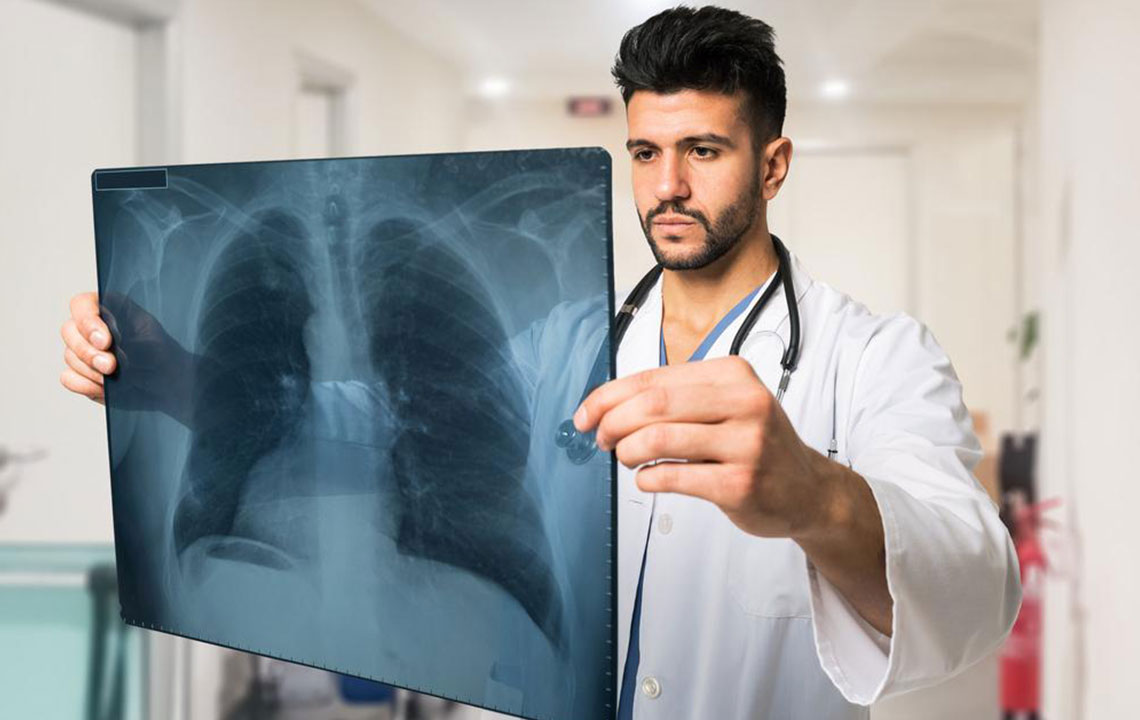Common pulmonary embolism symptoms that you should be aware of
What is pulmonary embolism?
Pulmonary embolism is a condition wherein blood clots get formed in the lungs. In other terms, a person suffering from pulmonary embolism has blockage in the pulmonary arteries in the lungs. It is seen that in most of the cases, these blood clots travel to the lungs from the legs. In rare cases, the blood clots travel from other parts of the body as well and this is known as deep vein thrombosis.
Pulmonary embolism damages art of the lungs as there is restricted flow of blood, which automatically decreases the oxygen level in the blood.

Although there are treatments for curing pulmonary embolism, one should always keep a check on any type of blood clot in the body and especially in the legs. It is to be noted here that multiple and big clots in the lungs can also be fatal. That is why, it is important a through body checkup is always beneficial and keep every medical issue under check. Any kind of blood clot should not be neglected and cannot be left undetected or undiagnosed. So, make sure to get yourself checked often.
- Cancer
- Fractures of the hip or leg
- A major surgery
- Obesity
- A family history of embolisms
- An inactive lifestyle
- Intake of testosterone or estrogen therapy
Symptoms
Pulmonary embolism symptoms differ largely and one should be careful and consider the risk factors involved with this medical issue. The symptoms vary depending on a number of factors such as the part of the lung involved in pulmonary embolism, what is the size of the blood clot, is there any other underlying heart or lungs disease, to name a few.
1. Cough
The person might experience bloody cough or sometime the sputum would contain streaked blood.
2. Chest pain
This is also one of the common pulmonary embolism symptoms. The chest pain is severe sometimes and the person might feel the pain as a heart attack. This chest pain may become worse when the person coughs, eats, bends or even stoops. Also, the chest pain continues and gets worse with exertion. It is this sign that the person should immediately consult the doctor and get oneself treated.
3. Irregular heartbeat
Due to the blockage in the lungs and the blood clot, the heart too is affected. Due to this, there is irregular heartbeat and the person might feel it get severe with time.
4. Shortness of breath
This is one of those symptoms that occur suddenly and does get worse if the person does not take care and there is exertion.
5. Restlessness
The person who is suffering from pulmonary embolism might also feel restless. This happens due to the blockage in the lungs, which affects the breathing and thus causes restlessness.
Besides the symptoms mentioned above, one may experience some other symptoms of pulmonary embolism.
- Swelling and pain in the leg, especially in the calf
- Discolored skin
- Fever
- The person might also experience frequent and excessive sweating
- Signs of shock
- Anxiety and rapid breathing
Also, it should be noted here that it is difficult to diagnose pulmonary embolism as the symptoms are similar to those of asthma, heart attack, pneumonia, to name a few. Therefore, if the person experiences any of these symptoms, one should immediately consult a doctor. It has also been seen that sometime people with pulmonary embolism do not show any of these symptoms.
Complications
There are a few complications that come along with pulmonary embolism. This disease can be life-threatening and a large number of people with pulmonary embolism go undiagnosed due to negligence of the symptoms. Therefore, it is important to gauge the symptoms carefully and get treated on time. At times, pulmonary embolism leads to pulmonary hypertension. This is the condition wherein the blood pressure in the lungs and in the right ventricle of the heart is high.
When the arteries have to try hard to pump in the blood due to the obstructions, there is a lot of pressure exerted on the heart. This, in turn, puts immense amount of pressure on the heart.
Keep these pulmonary embolism symptoms in mind and one should immediately consult a doctor if these symptoms are experienced.

